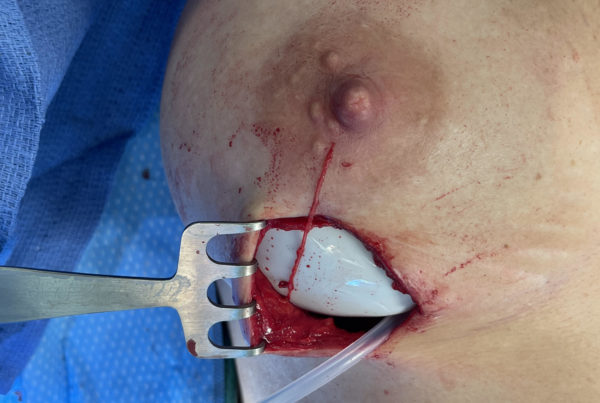This query is one of the great ones – a $64,000 question that continues to be raised both in my office as well as online. What is the difference between neurectomy/muscle implantation (i.e., transection of the nerve and implanting it in the local muscle) and decompression? Along with this primary query come many misconceptions about the advantages and disadvantages to each. This post hopes to address some of those issues.
To decompress a nerve simply means to remove some form of external compression. As has been mentioned in numerous prior blog posts (Can Stress Make ON Worse?), compression can be a result of scar tissue, tight muscles, abnormal blood vessel anatomy, connective tissue, etc. Decompression also means that the nerve is left intact and that hopefully, once the effects of the operation (e.g., swelling) and the effects of the compression wear off, the nerve will function well again. There are advantages to decompression. The most obvious advantage is that the nerve is preserved so hopefully sensation to that area will also be preserved. Secondly, since the nerve is not cut, the chances of a post-operative neuroma are theoretically low. However, there are also a number of disadvantages to this approach. First, the surgeon and/or patient make a judgment call that the nerve will recover if simply decompressed, but this doesn’t always occur. I believe that this eventuality is the primary reason some people who have decompression ultimately require neurectomy and implantation. Second, just because the chances of a neuroma are low, doesn’t mean that they are zero – you can still get a neuroma-in-continuity, especially if there is a lot of manipulation required to adequately decompress a nerve. Third, if the compression has been severe and long-standing, the nerve may take many months to fully recover. Fourth, if recovery does occur, there is no guarantee that sensation to the relevant area will be “normal”. It may always feel a little bit off.
The biggest misconception with a neurectomy (i.e., to cut a nerve) is that it is like pulling the plug out of a wall outlet. However, the injured nerve is not ripped out of the spinal cord. A better analogy is that the injured portion of the nerve is identified and the area just upstream where the nerve appears healthier is where the nerve is transected. This maneuver is just like cutting the central portion of a power cord to a lamp where the wires have frayed. The downstream part of the nerve (e.g., that which goes to the skin) is now irrelevant just like the part of the cord that is still attached to the lamp. There is no longer any electricity going though that part, so the bulb will not turn on. However, that upstream cut end is still a live wire as it is still connected to the wall outlet and therefore must be capped. In the human being the same goal can be achieved in a number of different ways. One of the ways is by implanting the upstream (proximal) nerve end (which is still getting nerve impulses from the spinal cord and brain) into the local muscle. As with decompression, there are advantages and disadvantages to this approach. One advantage is that you may see immediate improvement in symptoms although not always. Sometimes, people continue to experience pain in that nerve even though when they touch their skin, they are numb. This situation exists because the nerve that used to go to that area of skin is getting impulses from the spinal cord and brain albeit ending within the muscle and so your brain thinks that part of the skin hurts even though when you touch it is numb. Eventually in most cases, the nerve end in the muscle calms down and the pain improves. Another potential advantage is less dissection because the downstream area of the nerve doesn’t need to be dissected once transected as it is now irrelevant. There are potential disadvantages as well such as persistent nerve pain if the implanted nerve doesn’t calm down, a neuroma if the nerve comes out of the muscle and the obvious numbness in that nerve distribution. Another misconception is that neurectomy is a guaranteed, home-run result which is not true for those reasons mentioned above. There are clearly other nuances that exist which is why discussing all of these issues with your peripheral nerve surgeon is so important. Just as each patient is unique, each person will have different tolerances for different post-operative outcomes so a good discussion is useful both for the patient and the surgeon.





